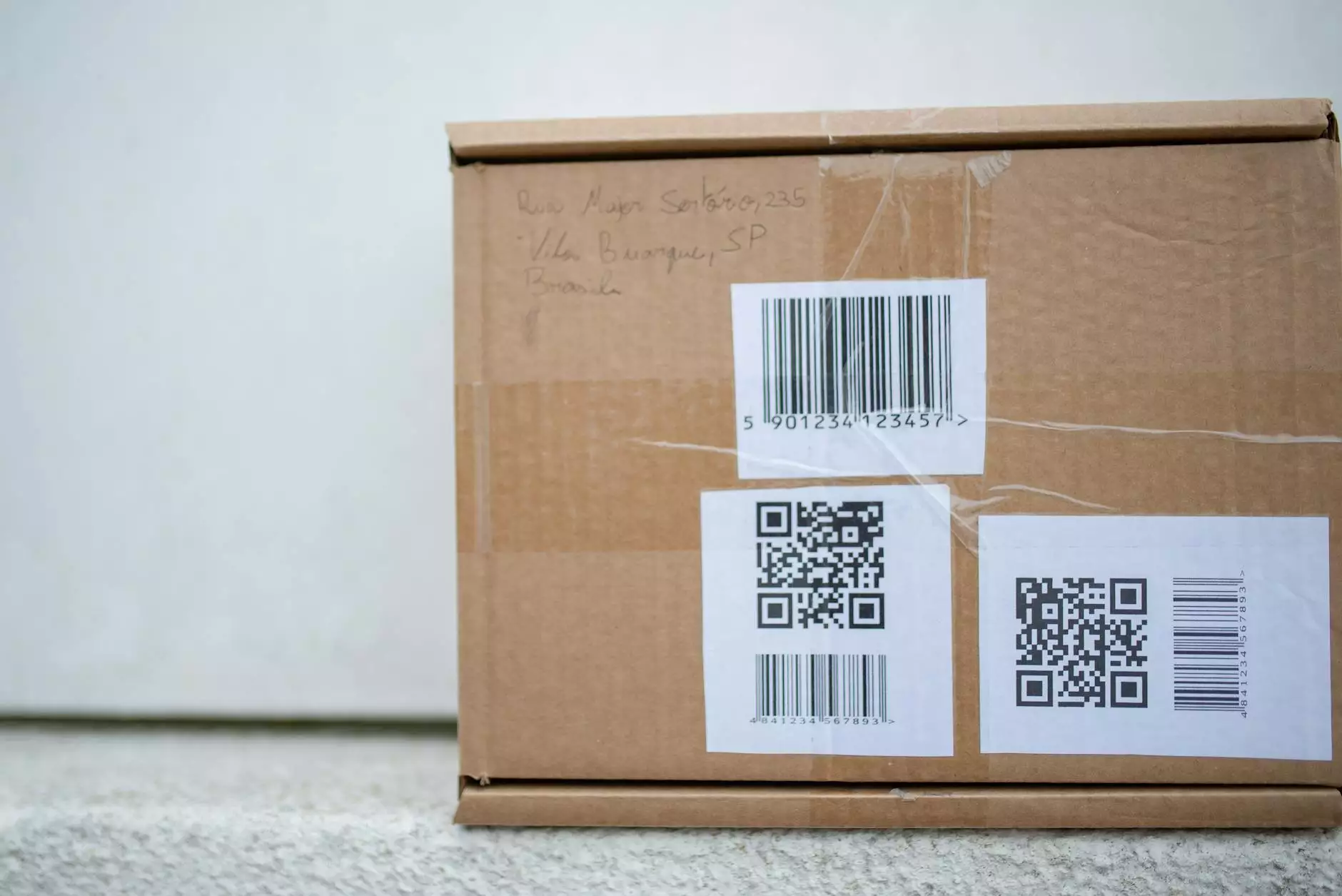The Ultimate Guide to Barcode Scanners for Your Business

In today's fast-paced business environment, efficiency and accuracy are paramount. One tool that can significantly enhance operations is the barcode scanner. Whether you are in retail, warehousing, manufacturing, or logistics, understanding how a barcode scanner can benefit your business is vital. This comprehensive guide will cover everything you need to know about barcode scanners, their types, benefits, and how to select the right one for your needs.
What is a Barcode Scanner?
A barcode scanner is a device that reads printed barcodes, which are graphical representations of data. By scanning these codes, businesses can quickly obtain accurate information about products, inventory, and transactions. The essential role of a barcode scanner in retail and logistics cannot be overstated, as it accelerates the data input process, reduces human error, and increases efficiency.
How Barcode Scanners Work
Barcode scanners utilize a beam of light to read the patterns of the barcode. Here's how they typically function:
- Illumination: The scanner emits a laser beam or LED light onto the barcode.
- Reflection: The light reflects off the barcode back into the scanner.
- Decoding: The scanner analyzes the reflected light and translates the data into a readable format.
- Output: The decoded information is then sent to a computer or inventory management system.
Types of Barcode Scanners
There are several types of barcode scanners, each suited for different applications:
1. Handheld Barcode Scanners
These portable devices are often used in retail environments. Employees can easily point the scanner at a barcode to retrieve information. They are available in both wired and wireless configurations, offering flexibility in usage.
2. Fixed Mount Barcode Scanners
These scanners are mounted in a fixed position, ideal for assembly lines and checkout counters. They automatically scan products as they pass by, increasing throughput.
3. Wireless Barcode Scanners
These hand-held options are connected via Bluetooth or Wi-Fi, allowing employees to move freely while scanning. This is particularly useful in large retail spaces or warehouses.
4. Pen-Type Barcode Scanners
These scanners resemble a pen and require users to swipe them across the barcode. They are small, lightweight, and often used for specific applications where portability is essential.
5. Smartphone Scanners
Modern smartphones equipped with camera functionality can double as barcode scanners by using apps to read and store barcode information. This option is suitable for small businesses aiming to minimize costs.
The Benefits of Using Barcode Scanners in Your Business
Adopting barcode scanners in your business can yield numerous benefits:
1. Increased Efficiency
Barcode scanners dramatically reduce the time spent on data entry and inventory management. Items can be scanned in seconds, allowing staff to focus on other important tasks.
2. Enhanced Accuracy
By reducing the reliance on manual data entry, barcode scanners minimize human error. This leads to higher accuracy in inventory counts and sales transactions, thus improving overall operational reliability.
3. Real-Time Inventory Management
Many barcode scanning systems are integrated with inventory management software. This integration allows for real-time updates of stock levels, helping businesses maintain optimal inventory levels and reduce carrying costs.
4. Improved Customer Experience
With faster checkout times and fewer errors during transactions, customers are likely to have a better experience. This can lead to increased customer loyalty and repeat business.
5. Cost Savings
By improving efficiency and accuracy, businesses can save money in the long run. This includes reduced labor costs, less wasted inventory, and minimized losses from errors.
Choosing the Right Barcode Scanner for Your Business
Selecting the right barcode scanner involves understanding your specific needs and the environment in which you will be operating. Consider the following factors:
1. Type of Barcode
Ensure the scanner you choose can read the types of barcodes you plan to use, including 1D and 2D barcodes.
2. Scanning Speed
If your business experiences high transaction volumes, opt for scanners with faster scanning speeds to maintain productivity.
3. Connectivity Options
Consider whether you require wired or wireless options, as this will affect mobility and flexibility within your workspace.
4. Durability
If your business operates in harsh environments, look for scanners that are rugged and can withstand drops, spills, and extreme temperatures.
5. Budget
Determine your budget not just for the scanner but also for associated technologies and software. There are options available across various price points to fit any budget.
Implementing Barcode Scanners in Your Business Operations
Transitioning to a barcode system requires a careful implementation plan:
1. Assess Your Current System
Begin by evaluating your existing inventory management or point-of-sale systems. Determine how a barcode scanner can integrate into these systems for a seamless transition.
2. Train Your Staff
Proper training is critical to ensuring all employees understand how to use the scanners effectively. Provide training sessions on scanning techniques, software usage, and troubleshooting common issues.
3. Conduct a Pilot Test
Before fully rolling out the new system, conduct a pilot test with a small group to identify any potential challenges and adjust your processes accordingly.
4. Collect Feedback and Make Adjustments
After the full implementation, continually collect feedback from employees and make necessary adjustments to improve the system and processes.
Future Trends in Barcode Technology
The landscape of barcode scanners is constantly evolving. Here are a few trends to watch:
1. Increased Adoption of 2D Barcodes
With the rise of mobile technology, 2D barcodes like QR codes are becoming more prevalent. These codes can store more information and can be scanned using smartphones, offering additional engagement opportunities for businesses.
2. Integration with IoT
The Internet of Things (IoT) is set to revolutionize how we manage inventory and supply chains, allowing for smarter operations and real-time data monitoring.
3. Cloud-Based Solutions
Cloud technology facilitates easier data sharing and access. Businesses can store their inventory data in the cloud, making it accessible from anywhere.
4. Advanced Imaging Technology
Enhanced imaging capabilities in scanners are making it easier to read barcodes in challenging conditions, such as poor lighting or on damaged labels.
Conclusion
Investing in a barcode scanner is a strategic move that can lead to significant operational improvements for your business. From increasing efficiency and accuracy to enhancing customer satisfaction, the benefits are clear. Understanding the types of scanners available, the advantages they offer, and how to implement them will empower you to make an informed decision that aligns with your business goals.
For more information on how to choose the best barcode scanner and integrate it into your business, visit Durafastlabel.ca, your trusted source for printing services and electronics.









